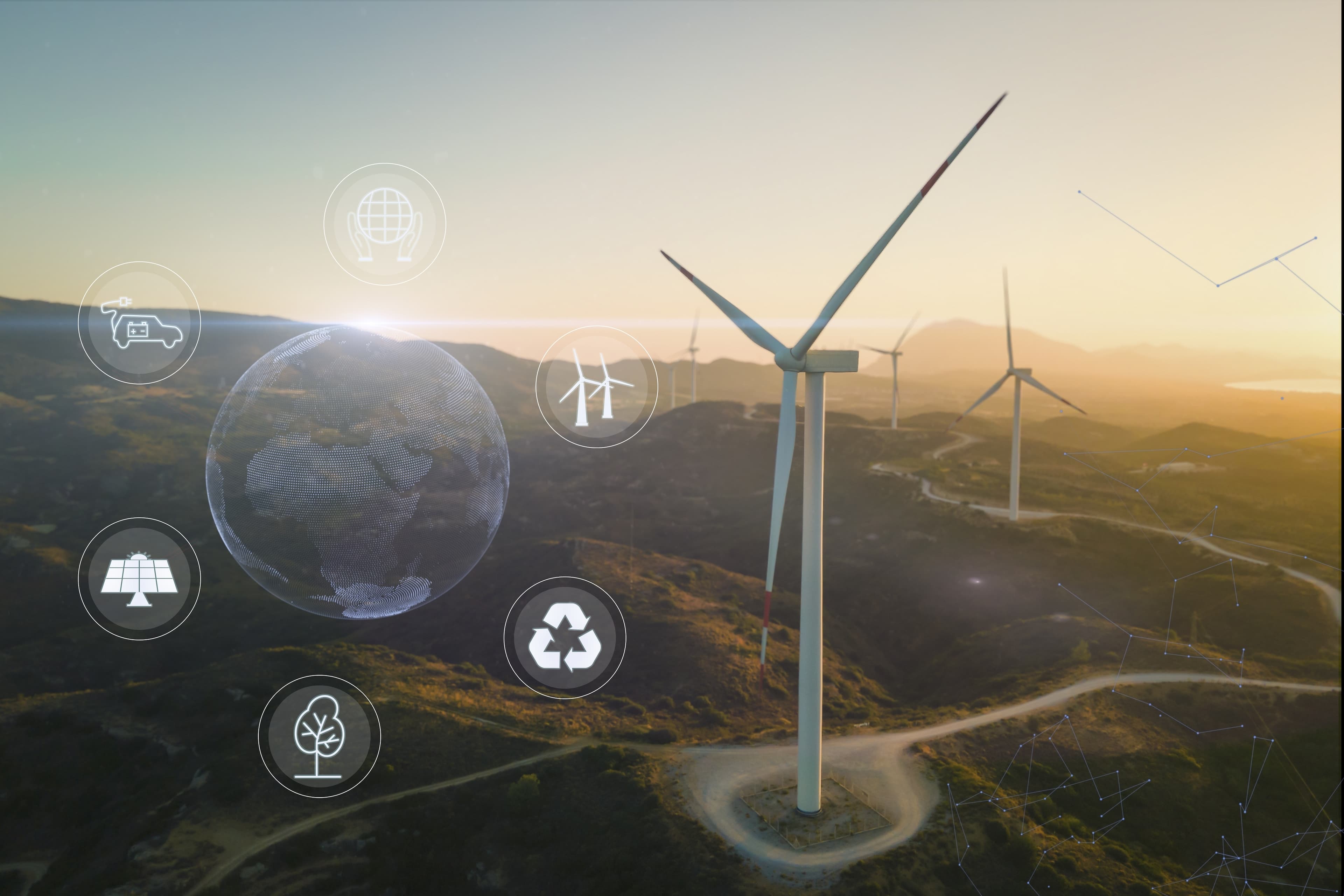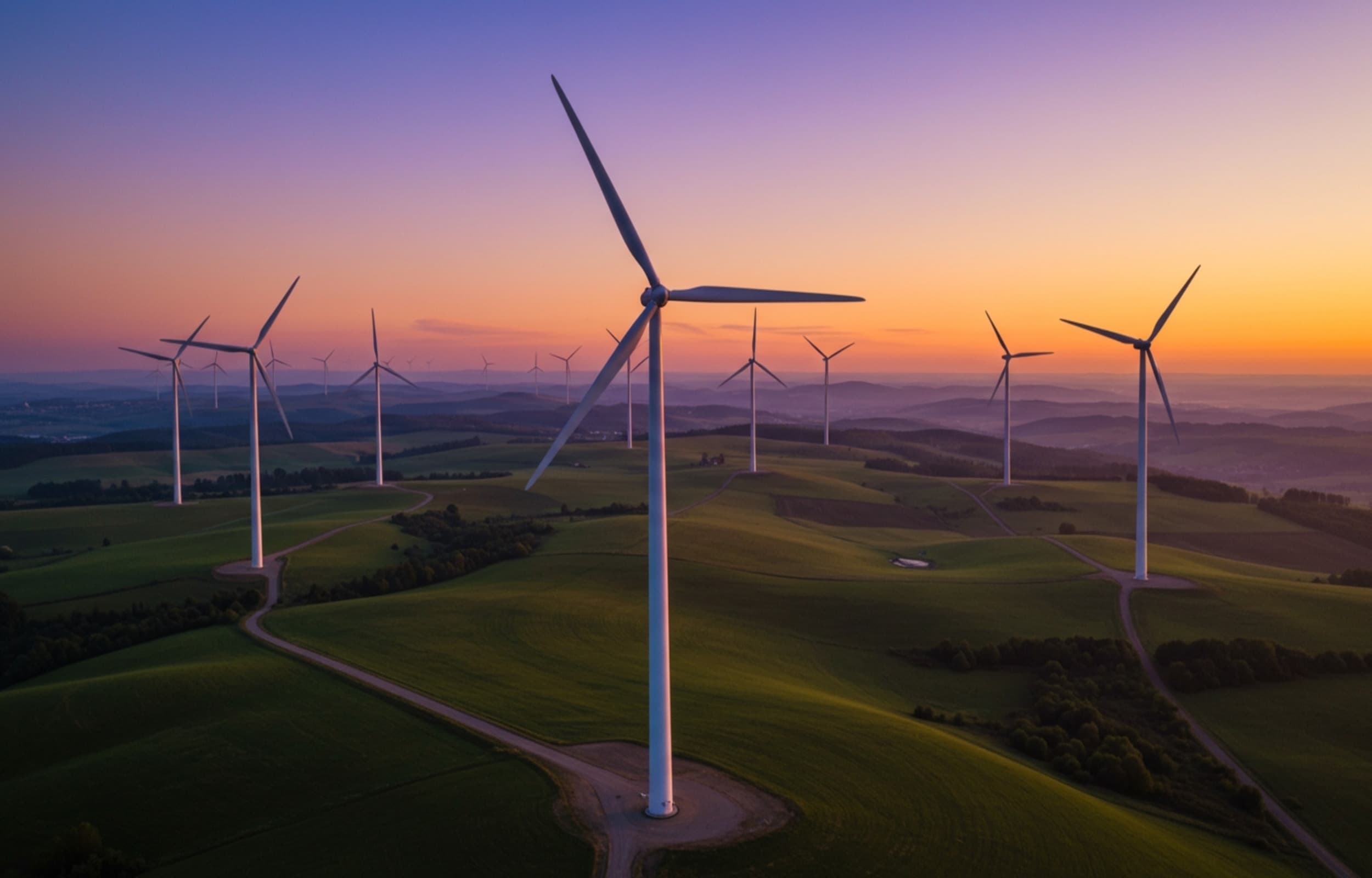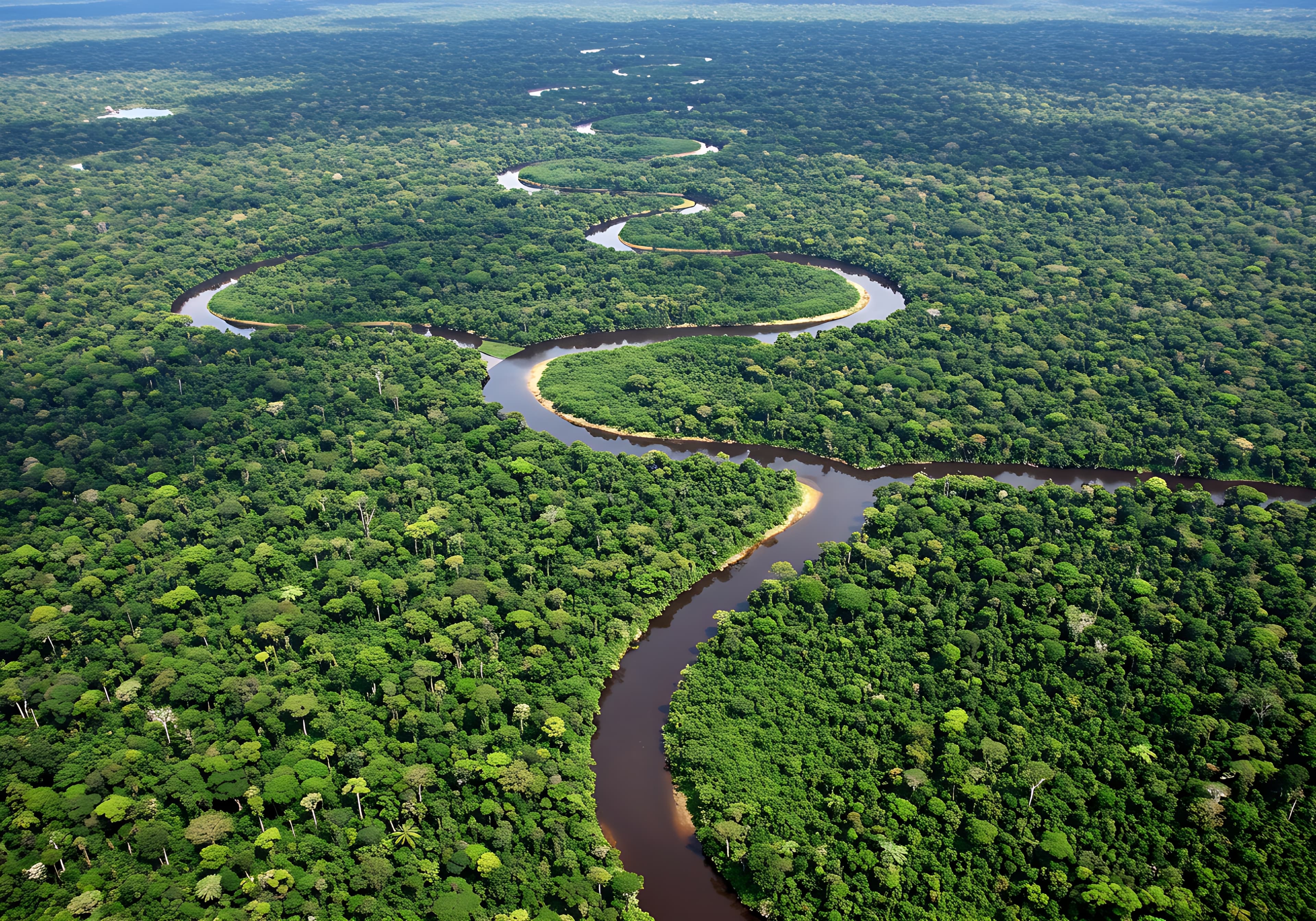Management of our daily environmental impacts
Crédit Agricole CIB is committed to minimising the environmental impact of its activities.
Following Crédit Agricole's membership of the Net Zero Banking Alliance in July 2021, and in line with the announcements made by the Societal Project to contribute to carbon neutrality by 2050, Crédit Agricole CIB is fully committed to reducing greenhouse gas emissions.
The Group's reduction targets are
- 50% of greenhouse gas emissions related to the energy consumption of buildings and the vehicle fleet (Scopes 1 and 2) between 2019 and 2030 (absolute target);
- 50% of greenhouse gas emissions related to business travel (Scope 3) between 2019 and 2030 (absolute target).
These reduction targets are ambitious and go beyond the minimum requirements of the SBTi methodology (Science-based Targets Initiative: an initiative to help companies reduce their CO2 emissions).
50% Crédit Agricole CIB fully participates in the Group's commitments to reduce its greenhouse gas emissions by 50% in terms of energy consumption of buildings, vehicle fleet and business trave
100% of Crédit Agricole CIB’s buildings in France consume 100% “green” electricity
Energy management
Since 2007, Crédit Agricole CIB has been monitoring energy consumption in France and internationally at the vast majority of its sites.
Action plans (such as green initiatives) are in place to reduce energy consumption.
Electricity
The Crédit Agricole Group has joined the RE100 initiative, launched by the international organisation The Climate Group, and has committed itself to purchasing 100% renewable electricity by 2030.
Crédit Agricole CIB is taking part in this initiative: its buildings in Ile-de-France (Montrouge and Saint-Quentin-en-Yvelines) now consume 100% "green" electricity produced from renewable hydroelectric sources. Internationally, almost 36% of Crédit Agricole CIB's electricity consumption in 2022 will be "green" (UK, Germany, Spain and Brazil). This approach is currently being implemented and 3 new sites have been added to the existing ones: Japan, India (Bombay) and Italy.
The Crédit Agricole Group has also signed up to the EcoWatt Charter of Commitment and has taken concrete action to promote more responsible use of electricity. For example, Crédit Agricole CIB has adapted the temperatures of its French sites to those recommended by the ADEME (19°C for heating, 26°C for air conditioning, etc.).
Water
Crédit Agricole CIB's Eole and Terra buildings in Montrouge are equipped with a rainwater recovery system and use machines that save water when cleaning the floors.
Waste management and recycling
The Montrouge and Saint-Quentin-en-Yvelines sites in France have implemented a wide range of waste reduction measures:
- waste sorting and recycling (paper/cardboard, cans, plastics, general industrial waste and maintenance waste),
- eco-certified products for interior cleaning,
- the implementation of a site charter to sort and recycle waste as efficiently as possible
- regularly organising initiatives to raise employee awareness of food waste (posters, self-service fruit and vegetables) and a composter has been installed on the Evergreen campus.
Action plans are also being implemented in Crédit Agricole CIB's various entities, particularly in Europe and Asia (introduction of CSR best practice charters, creation of centralised waste collection points, etc.).
Finally, Crédit Agricole CIB continues to reduce paper consumption, for example through the choice of fonts, the sending of electronic greetings cards and the promotion of double-sided printing in the international network.
Our environmental certification for Crédit Agricole CIB buildings
Certification of our buildings in France
The label "HQE Exploitation" has been renewed in 2021, with a very good level of performance, for the campuses of Montrouge and Saint Quentin en Yvelines.
The Silvae building has obtained BREEAM certification ("Very good") and HQE Construction certification ("Excellent").
In Saint-Quentin-en-Yvelines, the Champagne and Provence buildings have obtained BBC Renovation certification.
Certification for our buildings internationally
Internationally, with nearly 110 sites, China achieved LEED certification for its new building in Shanghai at the end of 2015 and Canada achieved BOMA certification in 2016. Our sites in Belgium are Valideo certified.
Employee Travel Management
Employee mobility
On our sites in the Ile-de-France region, a wide range of measures have been taken to raise staff awareness, including electric bicycles and cars, car-pooling incentives with reserved parking spaces, and videoconferencing facilities to reduce travel.
In order to encourage the use of more environmentally friendly means of transport, Crédit Agricole CIB has also introduced the "Forfait Mobilités Durables" (Sustainable Mobility Package), which offers employees the opportunity to receive a contribution-free allowance when they use "soft mobility" means of transport to travel between their usual place of residence and their place of work.
Business travel
Several initiatives have been taken to reduce emissions from business travel, which is a major contributor to greenhouse gas emissions.
The widespread use of new communication technologies, such as videoconferencing, is helping to reduce the number of business trips. A rigorous travel policy favours rail over air, and changes in the number of kilometres travelled by these two modes and in CO2 emissions are monitored over time. In 2022, employees have travelled 37 million kilometres by train and plane.
To find out more...OUR OTHER TOPICS

Equator principles

Our climate and sectorial policy

Our CSR policy


